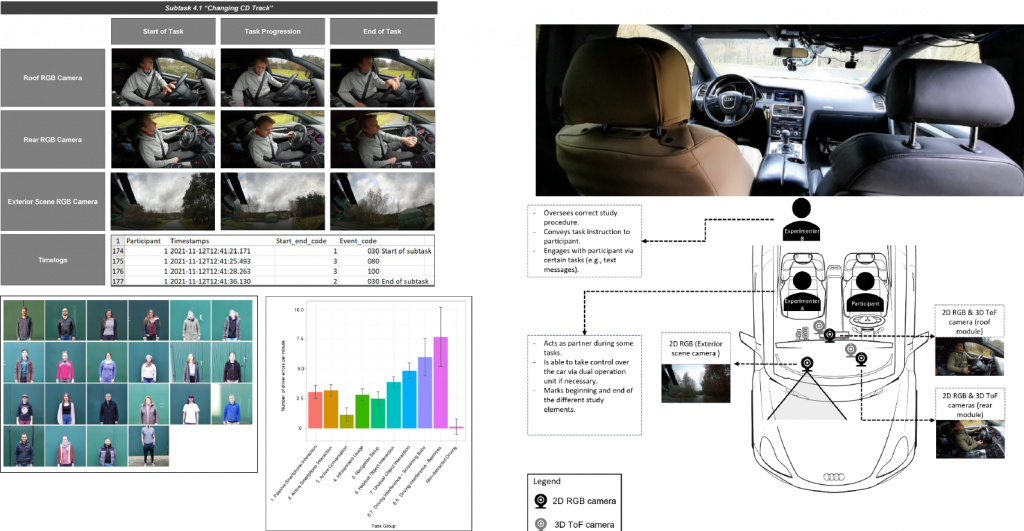Datasets for Generative AI
Scientific Data Engineering for Next-Generation AI Systems
Training generative AI models requires extensive, high-quality, and well-annotated datasets. These datasets form the foundation for developing systems that can create realistic, context-sensitive, and adaptive outputs.
At IXP, we design and conduct structured data collection campaigns and transform raw multimodal data into research-grade datasets. Our approach integrates rigorous scientific methodology, advanced data processing, and strict ethical standards – enabling the development of powerful and trustworthy generative AI systems.
Example Project: Human State & Behavior Detection
Objective
The objective of this project was to create a scientifically validated dataset for training AI systems to detect complex human states and behaviors in realistic application contexts. Since relevant states such as distraction, cognitive load, stress, or specific behavioral patterns often evolve dynamically, the dataset needed to capture subtle physiological, behavioral, and contextual signals in a synchronized and scientifically annotated structure.

Approach
IXP conducted controlled studies in which the target states were systematically induced under ecologically valid conditions. The customer’s sensor system was fully integrated into the setup and complemented with contextual data sources such as vehicle CAN bus signals, cabin video, and physiological measures (e.g. EEG, ECG, EDA, PPG). All data streams were synchronized, cleaned, and annotated with high-quality scientific labels, combining automated methods with expert corrections and quality checks.

Deliverables
Multimodal recordings from customer sensors and contextual sources
Time-synchronized and quality-checked data streams
Annotation files with scientifically validated labels for the detection target
Metadata, documentation, and quality reports for reproducibility
Committed Partners








